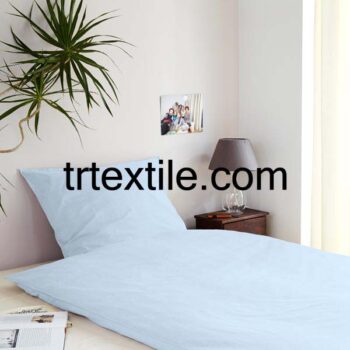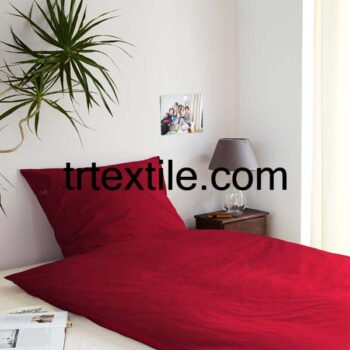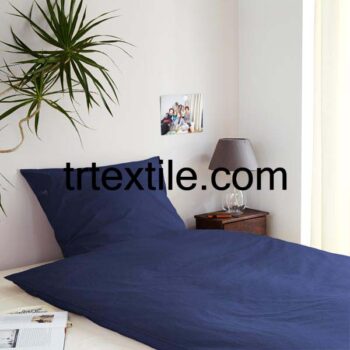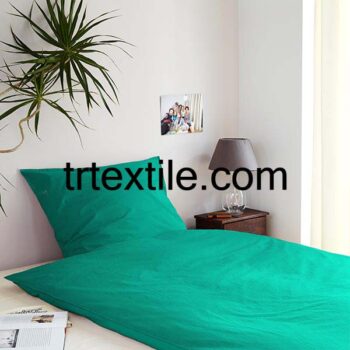-
baby blue duvet cover fabric
$15,00Original price was: $15,00.$13,00Current price is: $13,00. -
baby pink duvet cover fabric
$15,00Original price was: $15,00.$13,00Current price is: $13,00. -
black duvet cover fabric
$15,00Original price was: $15,00.$13,00Current price is: $13,00. -
blue duvet cover fabric
$15,00Original price was: $15,00.$13,00Current price is: $13,00. -
bone duvet cover fabric
$15,00Original price was: $15,00.$13,00Current price is: $13,00. -
brown duvet cover fabric
$15,00Original price was: $15,00.$13,00Current price is: $13,00. -
burgundy duvet cover fabric
$15,00Original price was: $15,00.$13,00Current price is: $13,00. -
cream duvet cover fabric
$15,00Original price was: $15,00.$13,00Current price is: $13,00. -
dark blue duvet cover fabric
$15,00Original price was: $15,00.$13,00Current price is: $13,00. -
dark gray duvet cover fabric
$15,00Original price was: $15,00.$13,00Current price is: $13,00. -
ecru duvet cover fabric
$15,00Original price was: $15,00.$13,00Current price is: $13,00. -
gray duvet cover fabric
$15,00Original price was: $15,00.$13,00Current price is: $13,00. -
green duvet cover fabric
$15,00Original price was: $15,00.$13,00Current price is: $13,00. -
mint duvet cover fabric
$15,00Original price was: $15,00.$13,00Current price is: $13,00. -
pink duvet cover fabric
$15,00Original price was: $15,00.$13,00Current price is: $13,00. -
purple duvet cover fabric
$15,00Original price was: $15,00.$13,00Current price is: $13,00.
When it comes to choosing a duvet cover, one of the most important factors to consider is the fabric it is made from. The fabric not only determines the feel and durability of the cover, but also affects how well it will keep you warm and comfortable throughout the night. With so many different options available, it can be overwhelming to know which fabric is the best choice for your needs. In this article, we will explore some of the most common duvet cover fabrics and their benefits and drawbacks.
Cotton is one of the most popular choices for duvet covers, and for good reason. It is soft, breathable, and durable, making it a great option for year-round use. Cotton duvet covers are easy to care for and can be machine washed and dried without losing their shape or color. Additionally, cotton is hypoallergenic, making it a good choice for those with sensitive skin or allergies. However, pure cotton duvet covers can be prone to wrinkling and may require ironing to look their best.
Another popular fabric for duvet covers is linen. Linen is a natural fiber that is known for its breathability and moisture-wicking properties, making it a great choice for hot sleepers or those who live in warm climates. Linen duvet covers have a relaxed, casual look and feel, with a slightly textured finish that adds a touch of sophistication to any bedroom. While linen is durable and long-lasting, it can be prone to wrinkling and may require more frequent washing and ironing to maintain its appearance.
For those looking for a luxurious option, silk duvet covers are a popular choice. Silk is a natural protein fiber that is known for its softness, smoothness, and lustrous sheen. Silk duvet covers are lightweight and breathable, making them a great choice for those who prefer a more delicate feel. However, silk duvet covers can be expensive and may require special care, such as dry cleaning, to maintain their appearance and prevent damage.
Polyester is a synthetic fabric that is often used in duvet covers for its durability and affordability. Polyester duvet covers are easy to care for and can be machine washed and dried without shrinking or fading. Additionally, polyester is wrinkle-resistant and retains its shape well over time. However, polyester duvet covers may not be as breathable as natural fibers like cotton or linen, and can trap heat and moisture, leading to discomfort for some sleepers.
Microfiber is another synthetic fabric that is commonly used in duvet covers. Microfiber is a soft, lightweight fabric that is known for its durability and resistance to stains and wrinkles. Microfiber duvet covers are easy to care for and can be machine washed and dried without losing their shape or color. Additionally, microfiber is hypoallergenic and resistant to dust mites, making it a good choice for those with allergies. However, microfiber duvet covers may not be as breathable as natural fibers like cotton or linen, and can trap heat and moisture, leading to discomfort for some sleepers.
In conclusion, there are many different fabric options available when it comes to choosing a duvet cover. Each fabric has its own unique benefits and drawbacks, so it is important to consider your personal preferences and needs when making a decision. Whether you prefer the softness and breathability of cotton, the luxurious feel of silk, or the durability and affordability of polyester or microfiber, there is a duvet cover fabric out there that is perfect for you. By choosing the right fabric for your duvet cover, you can ensure a comfortable and restful night’s sleep every time.















